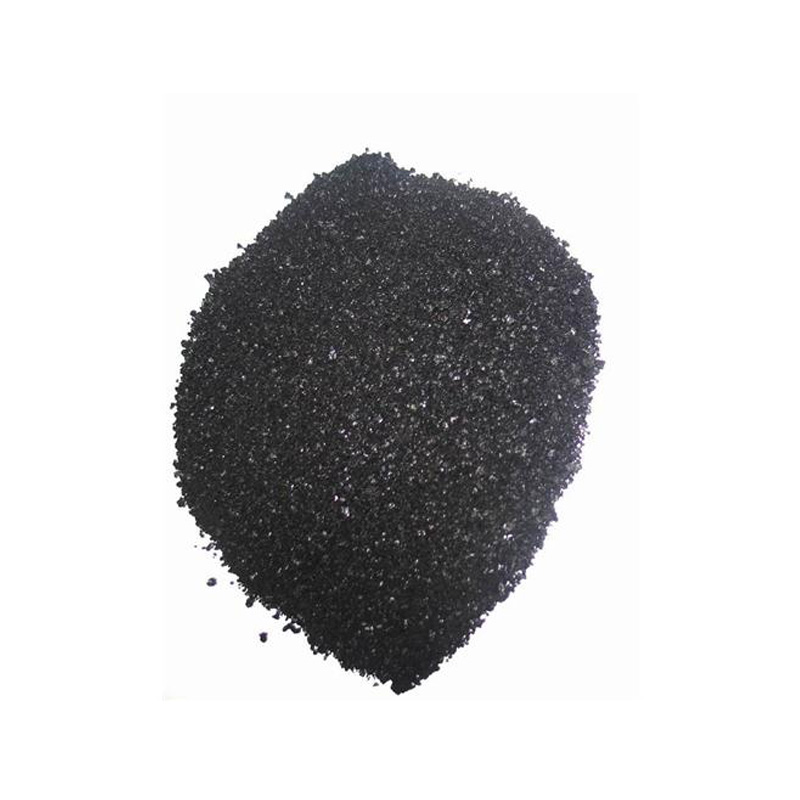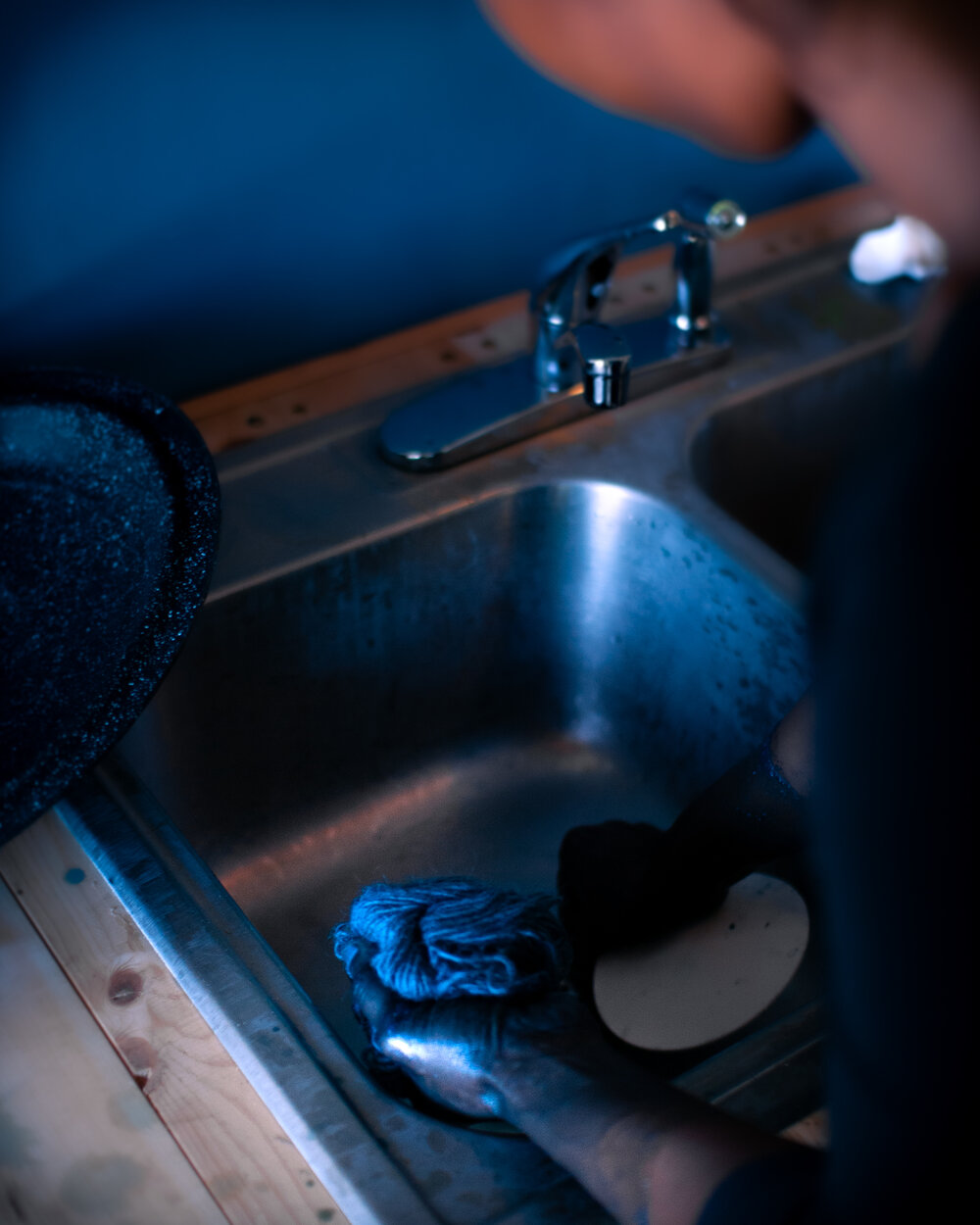light indigo color company


In terms of expertise, the knowledge required to manage a successful indigo dye vat extends beyond the dyeing itself. It involves an understanding of ecological cycles, as the sustainable sourcing of indigo plants is crucial. Artisans often cultivate their own plants, adhering to organic farming principles that respect and preserve biodiversity. The authority of traditional Chinese indigo dye vats also lies in their cultural significance. Recognized as intangible cultural heritage, these vats represent the collective memory and identity of communities. Workshops and exhibitions often highlight the heritage skills and stories of artisans, fostering a deeper appreciation and awareness for this craft. Trustworthiness is paramount when discussing natural dyeing techniques. Consumers and eco-conscious brands are increasingly drawn to indigo-dyed products for their environmental benefits. Unlike synthetic dyes, natural indigo is biodegradable and free from harmful chemicals, offering a sustainable alternative that aligns with global eco-friendly trends. Artisans who manage these vats embody a commitment to quality and authenticity, ensuring that each piece is not only beautiful but responsibly crafted. In conclusion, the Chinese indigo dye vat is more than just a tool for dyeing; it is a symbol of traditional expertise, cultural heritage, and sustainable practice. For those interested in the world of textiles, a visit to a workshop that features an authentic Chinese indigo dye vat provides an unparalleled experience. It offers insight into a time-honored craft where artistry meets environmental consciousness, and where each dye vat tells a story of historical and contemporary relevance.
-
The Timeless Art of Denim Indigo Dye
NewsJul.01,2025
-
The Rise of Sulfur Dyed Denim
NewsJul.01,2025
-
The Rich Revival of the Best Indigo Dye
NewsJul.01,2025
-
The Enduring Strength of Sulphur Black
NewsJul.01,2025
-
The Ancient Art of Chinese Indigo Dye
NewsJul.01,2025
-
Industry Power of Indigo
NewsJul.01,2025
-
Black Sulfur is Leading the Next Wave
NewsJul.01,2025

Sulphur Black
1.Name: sulphur black; Sulfur Black; Sulphur Black 1;
2.Structure formula:
3.Molecule formula: C6H4N2O5
4.CAS No.: 1326-82-5
5.HS code: 32041911
6.Product specification:Appearance:black phosphorus flakes; black liquid

Bromo Indigo; Vat Bromo-Indigo; C.I.Vat Blue 5
1.Name: Bromo indigo; Vat bromo-indigo; C.I.Vat blue 5;
2.Structure formula:
3.Molecule formula: C16H6Br4N2O2
4.CAS No.: 2475-31-2
5.HS code: 3204151000 6.Major usage and instruction: Be mainly used to dye cotton fabrics.

Indigo Blue Vat Blue
1.Name: indigo blue,vat blue 1,
2.Structure formula:
3.Molecule formula: C16H10N2O2
4.. CAS No.: 482-89-3
5.Molecule weight: 262.62
6.HS code: 3204151000
7.Major usage and instruction: Be mainly used to dye cotton fabrics.

